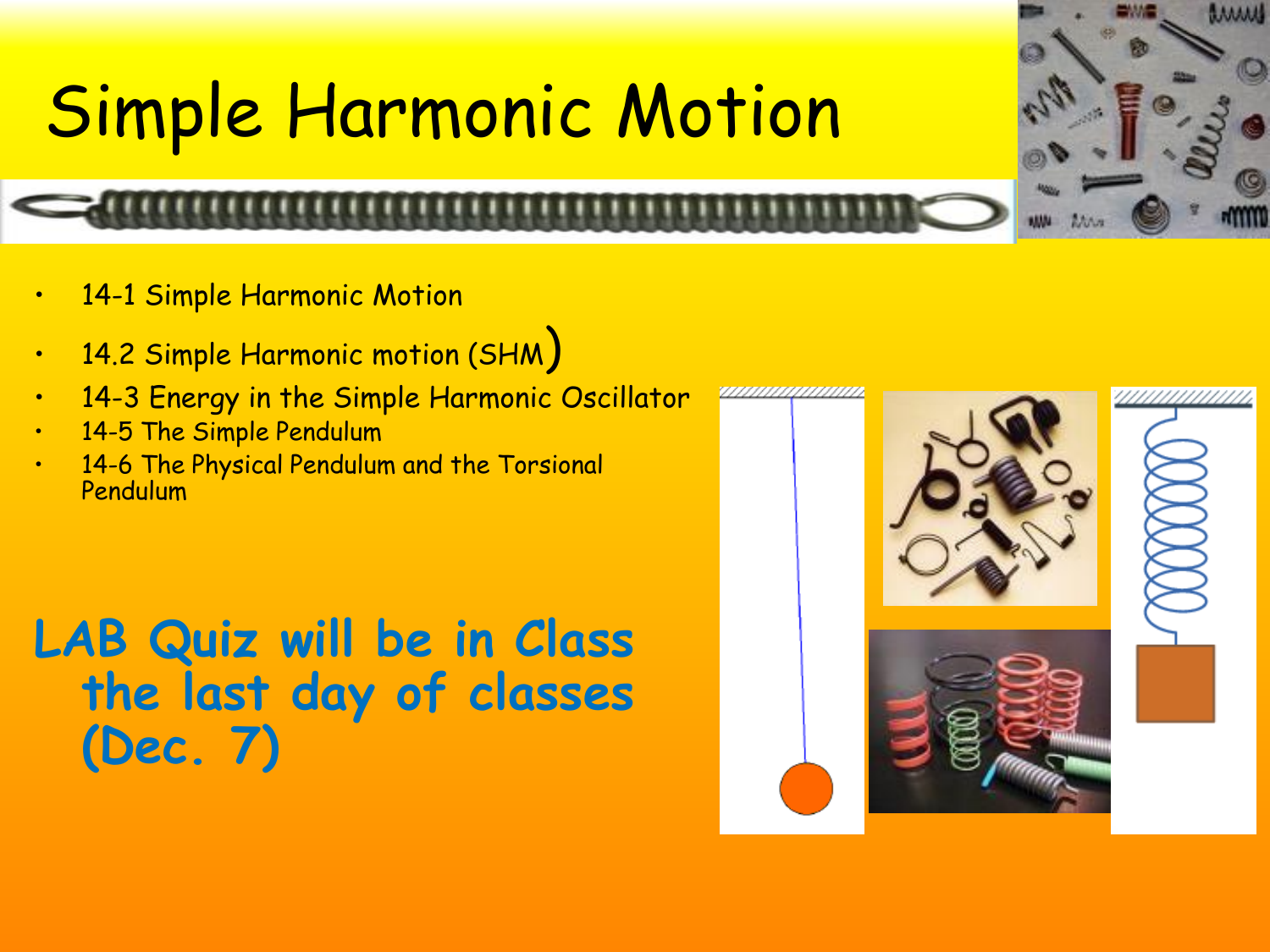
We can also derive a velocity and acceleration of the oscillation, click here to see the method. Compare the observed motion of a mass and spring system to a. the force (or the acceleration) acting on the body is directed towards a fixed point (i.e. Simple harmonic motion (SHM) Oscillatory motion where the net force on the system is a restoring force. The force magnitude depends only on displacement, such as in Hooke’s law. the body performs an oscillatory motion along its path. A force acting opposite to displacement to bring the system back to equilibrium, which is its rest position.

If there is only one system the Phase Constant = 0, if there are more than one systems with the same amplitude but oscillating at different frequencies there is said to be in different phase. Determine the amplitude, period, and phase constant of the observed simple harmonic motion. Linear simple harmonic motion is defined as the motion of a body in which. The phase and phase constant depend on the number of oscillation systems. In the equation the Amplitude (A) is the maximum displacement. The object moves from equilibrium point to the maximum displacement at rightward. An object vibrates with a frequency of 5 Hz to rightward and leftward. The experimential representation of Simple Harmonic Motion seen here shows we can obtain a x verses t relation ship for a mass on a spring. Simple harmonic motion problems and solutions.


Click here to see how this can be proved. When this is applied to Newton’s Second law it can be proved that the acceleration of an object is proportional to the displacement and oppositely directed, and will move with Simple Harmonic Motion. Examples include a swinging pendulum or a plucked musical instrument.Īn import type of oscillatory motion is Simple Harmonic Motion, in that when an object is displaced from an quilibrium position, for example a mass on a spring it exerts a force –kx, as given by Hooke’s Law, where k is the spring constant. Oscillations occur when a system is disturbed from a position of stable equilibrium.


 0 kommentar(er)
0 kommentar(er)
